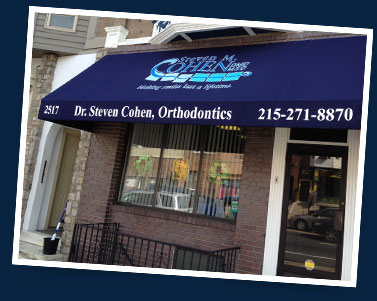Gum Disease: Gingivitis, Periodontitis, Scaling
Gum disease is a common dental problem that affects millions of people worldwide. It is a term used to describe infections and inflammation of the gum tissue surrounding the teeth. Gum disease can range from a mild inflammation of the gums (gingivitis) to a more severe condition that affects the bone and soft tissues that support the teeth (periodontitis). One of the most effective ways to treat gum disease is through professional scaling by a dentist.
Gingivitis is the initial stage of gum disease. It occurs when plaque, a sticky film of bacteria that forms on the teeth, is not removed through regular brushing and flossing. The bacteria in plaque produce toxins that irritate the gums, leading to inflammation and swelling. Symptoms of gingivitis include red, swollen, and tender gums that bleed easily when brushing or flossing.
If left untreated, gingivitis can progress to periodontitis, a more severe form of gum disease. Periodontitis occurs when the gums start to pull away from the teeth, creating pockets where bacteria can accumulate and cause further damage. Over time, the bone and connective tissue that hold the teeth in place are destroyed, leading to tooth loss.
Scaling is a dental procedure that is used to treat gum disease. It involves the removal of plaque and tartar (hardened plaque) from the teeth and gums. The procedure is usually performed by a dentist or dental hygienist using specialized tools such as ultrasonic scalers, hand scalers, and curettes.
During scaling, the dentist or hygienist will use these tools to remove the plaque and tartar from the teeth and gums, including those hard-to-reach areas where bacteria can accumulate. The procedure may be uncomfortable, but local anesthesia can be used to reduce any pain or discomfort.
Scaling is an important part of treating gum disease. It can help to prevent further damage to the gums and teeth, and it can also improve the overall health of your mouth. However, it is important to note that scaling should not be used as a substitute for regular brushing and flossing. These habits are still the best way to prevent gum disease and maintain good oral hygiene.
It is also important to stress that scaling should always be performed by a professional dentist or dental hygienist. Trying to do it yourself with over-the-counter tools can cause further damage to your teeth and gums. A professional dentist has the training, expertise, and specialized equipment necessary to perform scaling safely and effectively.
In addition to scaling, there are other treatments that may be recommended for gum disease depending on its severity. These treatments may include root planing, which involves smoothing out the surfaces of the roots of the teeth to help the gums reattach, and antibiotics to help fight the infection. Learn more.
Prevention is always the best approach to gum disease. Maintaining good oral hygiene habits such as regular brushing and flossing, using mouthwash, and visiting the dentist for regular check-ups and cleanings can help prevent gum disease from developing in the first place. If you do notice any signs of gum disease, such as red, swollen, or bleeding gums, it is important to see a dentist right away. The earlier gum disease is detected, the easier it is to treat.
In conclusion, gum disease is a common dental problem that can lead to serious oral health issues if left untreated. Scaling is an important part of treating gum disease, but it should always be performed by a professional dentist or dental hygienist. Maintaining good oral hygiene habits and visiting the dentist regularly for check-ups and cleanings can help prevent gum disease from developing in the first place. If you do notice any signs of gum disease, it is important to see a dentist right away. Next article.









